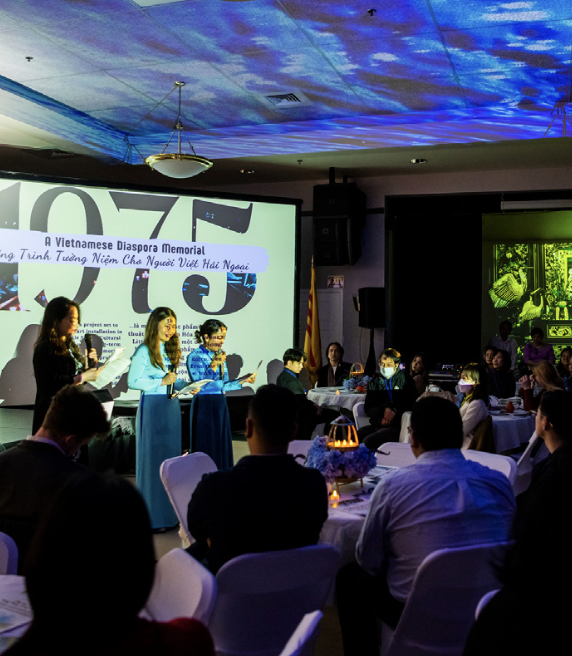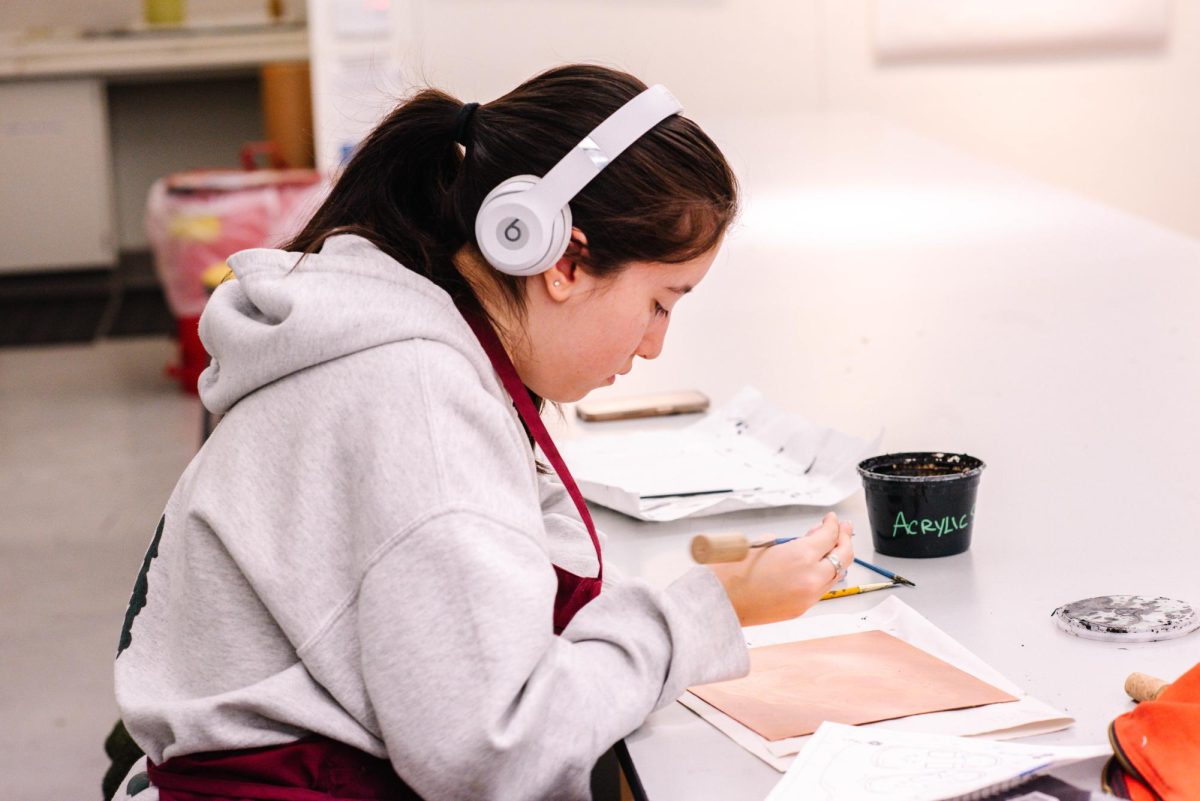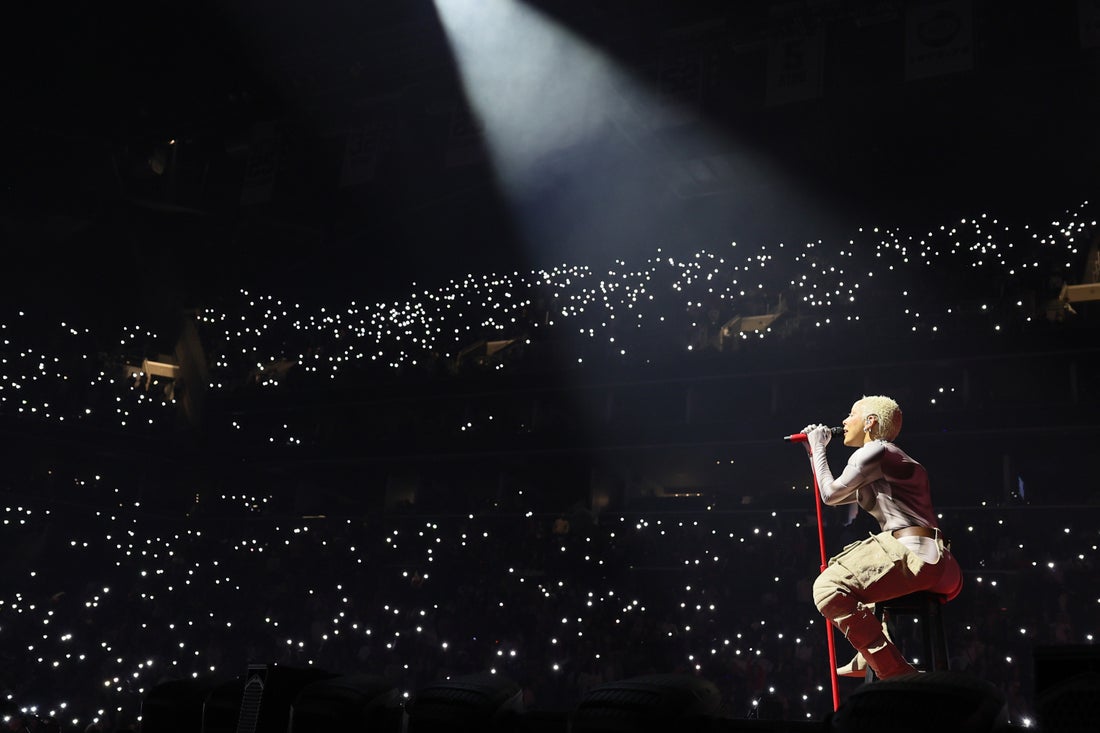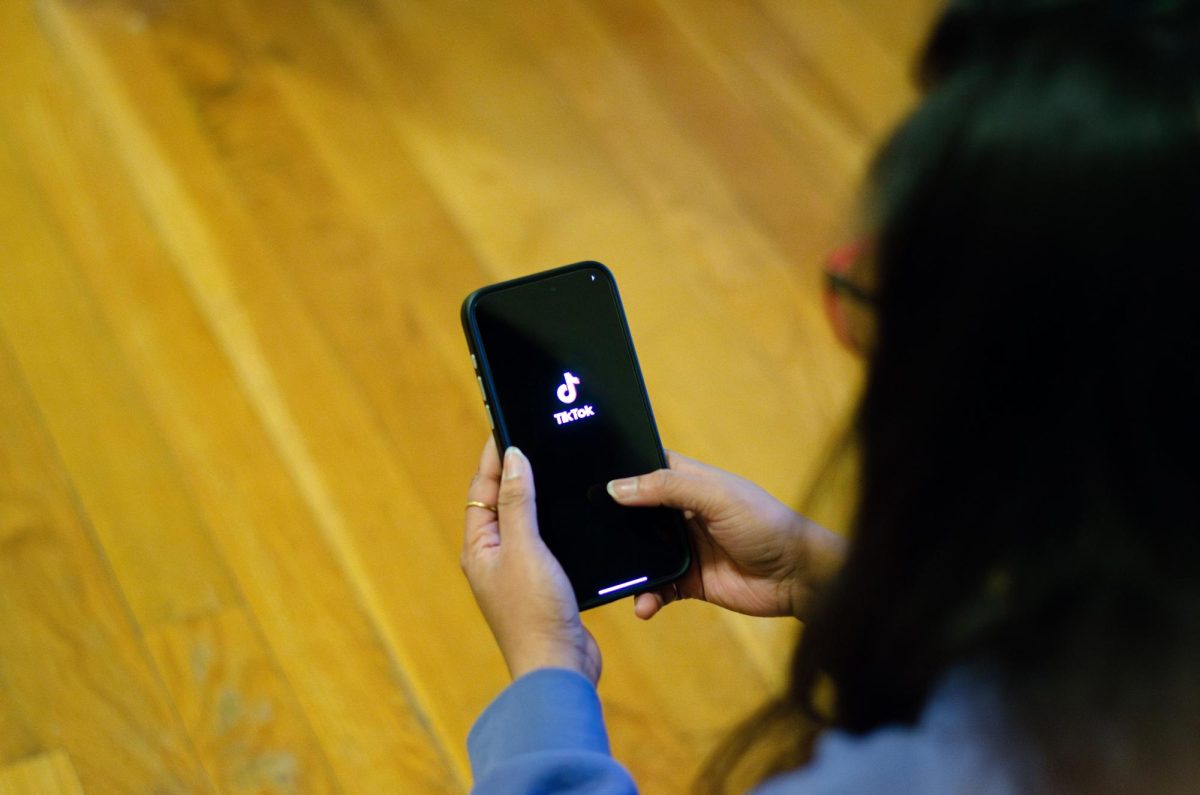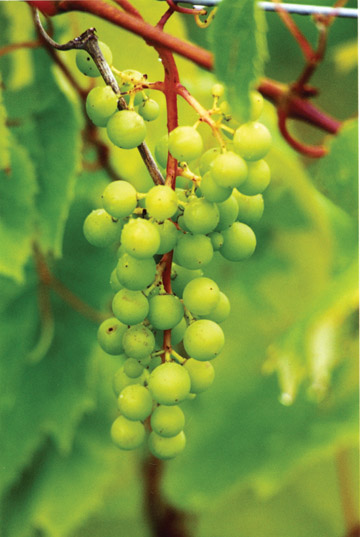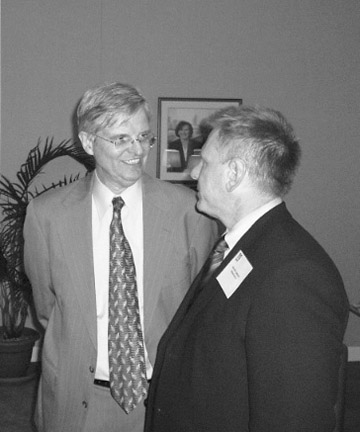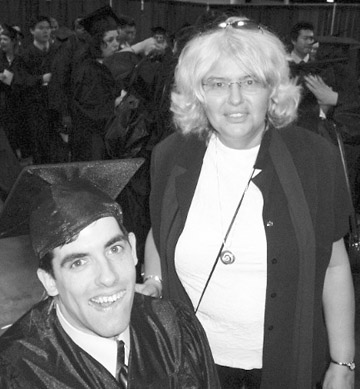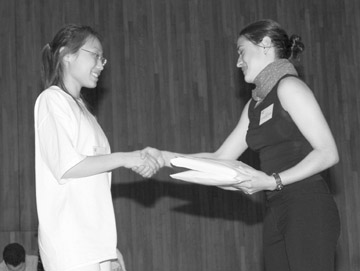Student Submitted and Student Selected: Between the Covers of The Watermark
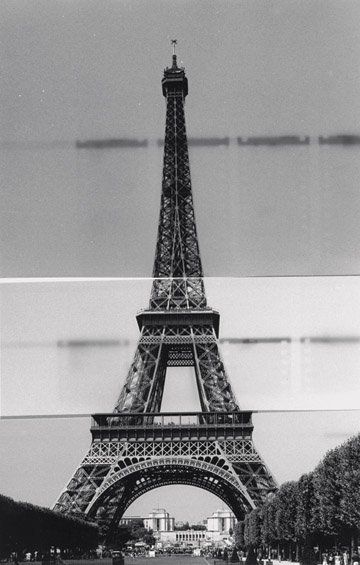
Eiffel Tower by Dylan Seo, a black-and-white monoprint, as shown in The Watermark.
April 29, 2004
At UMass Boston, the arts have a number of outlets, however little publicized they may be. Besides having a juried student art show, there is The Watermark, UMB’s own literary magazine containing poetry, prose, and artwork. The current co-editors, Nancy Derby and Diane Costagliola, along with a team of anonymous judges, cull the best from the numerous submissions they receive each year in order to put out an issue funded by student fees.
In the first section of poetry, there’s a variety of images to choose from, ranging from fond memories to verdant local seascapes. Marilyn Bentov’s “Castle Island” bounces back and forth, linking the past with the present in her description of Irish soldiers lost in North Korea. Darrell Penta’s “In the Kitchen of Angels and Fruit” is a two-part piece describing his grandfather’s transition and experiences in youth (“He said, once, his boyhood was ‘hard and foodless,’ so he made food his mistress”), to death and beyond. Brianne Keith goes in all directions in “Compass,” whose subject is contorting in every possible position just to be with a lover.
The second section offers short stories and the third, an odd combination of philosophy, metaphysics, and wrestling is non-fiction. In “A Man of Pleasure,” a twisted tale of lies and love by Evan Sicuranza, Jacob sleeps with his best friend Aidan’s girlfriend, on Aidan’s birthday, no less. Nathan Moore’s “You Gotta Have Faith” is the story of a lawyer who has lost his passion for life, even though his life reads like a storybook. Dissatisfaction with his chosen profession, apathy towards his BMW that replaced the beat-up old truck, and most of all, the fading feelings between himself and his perfect girlfriend, Faith, make him a mere player in the role of his existence. He winds up realizing that he will have to take action that will inevitably result in pain and spends most of his time desperately trying to put off making a decision.
The artwork in the last segment offers a flavor for every taste with digital, representational, abstract, black-and-white photography, and even sculpture. One particular fun and familiar piece is the life-sized cardboard cutout of UMB student Justin Hughes, dressed as a cowboy, in the “Portrait of the Artist as a Celebrity,” which was seen once already in a show alongside fellow artist Dereck Mangus’ work in May of 2003. Viewers were allowed to take Polaroid pictures of themselves with their arm around the cutout. Annemarie Fallon’s mesh form sculpture is part of a series in “Faces of Expectancy” depicting only the nude torso of a woman who appears to be in the last trimester of pregnancy.
Alicia Posell-Wilson’s “Flower” was done using the cyanotype method, where two compounds, iron salt and potassium ferricyanide, are used to treat a particular material and then exposed to sunlight. The areas hit by light oxidize, turning the medium blue. The method was popular in the late nineteenth and early twentieth centuries. Here, Posell-Wilson’s trumpet-shaped flower has turned a delicate shade of deep, midnight blue, softening into streaks of yellow running down the stem.
The Watermark offers a collage of student work not limited to a single genre. Its book release party, open to everyone, will be held on April 29 at 4:00 p.m. in the Campus Center Ballroom, located on the third floor.




